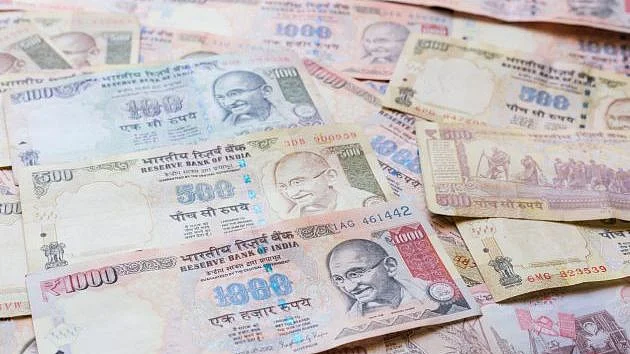Consumer price inflation fell to its lowest in 17 months in November as food prices continued to decline and lower crude costs brought down fuel inflation.
Retail inflation stood at 2.33 percent in November compared with 3.31 percent in October, the government data released on Wednesday, 12 December, showed. A Bloomberg poll of 35 economists had estimated inflation at 2.56 percent for November 2018.
Inflation is at its lowest since June 2017.
Inflation Internals
- CPI food inflation fell 2.61 percent in November, after contracting 0.86 percent in October.
- Fuel and light inflation stood at 7.39 percent, down from 8.55 percent in October.
- Housing inflation stood at 5.99 percent, down from 6.55 percent in October.
- Clothing and footwear inflation was at 3.53 percent compared with 3.55 percent in October 2018.
- Inflation in the households goods and services segment stood at 5.80 percent, compared with 6.06 percent in October 2018.
- Inflation in the transport and communication segment came in at 6.09 percent, lower than 7.72 percent in August 2018.
The sharp easing in the headline CPI inflation to a lower than expected 2.3 percent in November 2018, reflects a combination of favorable factors such as the correction in retail fuel prices, discomfiting factors such as a deeper disinflation in food prices, and base effects related to the waning impact of the HRA (House Rent Allowance) revision for central government employees.Aditi Nayar, Principal Economist, ICRA
Signs Of Rural Distress?
The inflation data continued to throw up signals of rural distress.
Rural inflation was at 1.71 percent much lower that urban inflation which is currently at 3.12 percent.
The rural consumption basket has a higher weight of food items and, hence, low food prices impact rural inflation more significantly. The low food prices, while good for consumers, hurt farmers and farm incomes.
Concerns over distress in the agriculture economy have prompted political leaders to push for farm loan waivers. The Rahul Gandhi-led Congress party, which won state elections in three key states this week, said they will push for farm loan waivers as a first step towards alleviating farm distress.
The clamour for loan waivers could add to fears of fiscal slippage, which, in turn, could impact the outlook for inflation.
Interest Rate Outlook
Based on the current trajectory of inflation, most economists expect a status quo on interest rates.
Inflation has remained below the RBI’s estimates in recent months, leading to a downward revision in the central bank’s inflation forecast. The RBI now expects inflation to remain between 2.7 to 3.2 percent for the second half of the year. This is within the flexible inflation target of 4 (+/-2) percent set for the Monetary Policy Committee.
At its last meeting, the MPC retained its stance at calibrated tightening, so as to buy time to pause, reflect and undertake future policy action with more robust inflation signals, Urjit Patel, then RBI governor, had stated. Successor Shaktikanta Das stated that inflation had remained benign but the central bank would continue to remain watchful.
While most economists are expecting a status quo on interest rates, Rajeev Malik of River Valley Asset Management now sees a probability of rate cuts in 2019.
The 6-member MPC will likely find its revised inflation-growth outlook justifying shifting the monetary stance to neutral from calibrated tightening in early February. Importantly, we believe the RBI will also cut the repo rate at least twice by 25 basis points each in February and April.Rajeev Malik, Strategist, River Valley Asset Management
(At The Quint, we question everything. Play an active role in shaping our journalism by becoming a member today.)
